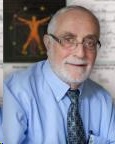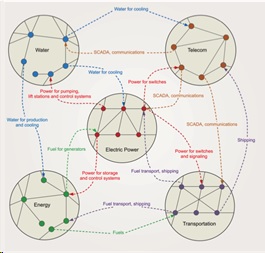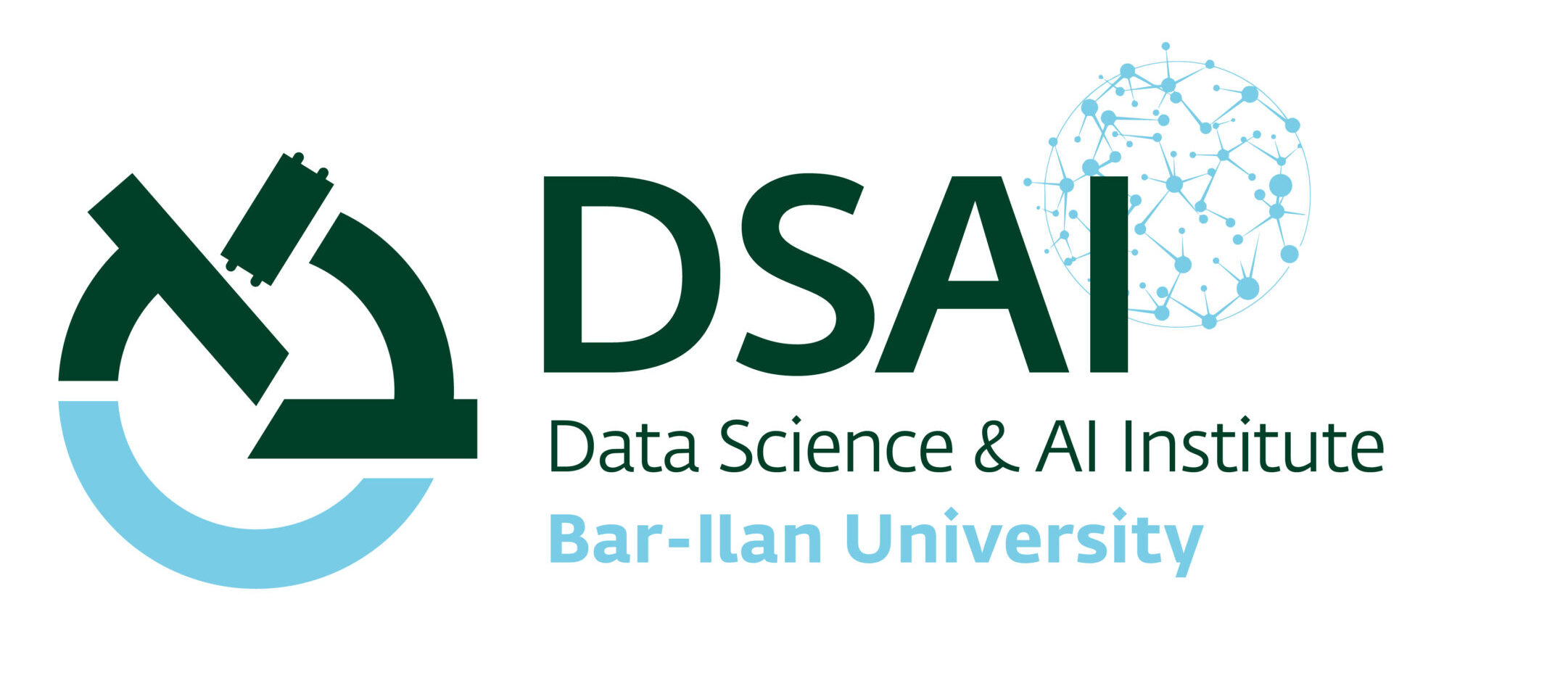
Leading expert on complex networks including their resilience, spreading phenomenon on networks, and diverse applications in traffic, climate, social networks, infrastructure and others.
ABOUT MY WORK
Interdependent networks. Analyzing the resilience of coupled infrastructure systems such as power grids and communication networks. Carried out the pioneering work showing that interdependence between systems can lead to abrupt blackouts and cascading failures
Traffic. Developing methods to decrease congestion within cities by applying methods from statistical physics and network science.
Social networks. Understanding how information spreads in online social networks and developing realistic models for such spreading.


SELECTED PUBLICATIONS
1. Local structure can identify and quantify influential global spreaders in large scale social networks. Yanqing Hu, Shenggong Ji, Yuliang Jin, Ling Feng, H. Eugene Stanley, and Shlomo Havlin. Proceedings of the National Academy of Sciences 201710547 (2018).
2. Integrating networks and comparative genomics reveals retroelement proliferation dynamics in hominid genomes. Orr Levy, Binyamin A Knisbacher, Erez Y Levanon, Shlomo Havlin. Science Advances 3, e1701256 (2017).
3. Network analysis reveals strongly localized impacts of El Niño. Jingfang Fan, Jun Meng, Yosef Ashkenazy, Shlomo Havlin, and Hans Joachim Schellnhuber. Proceedings of the National Academy of Sciences 114, 7543 (2017).
4. Eradicating catastrophic collapse in interdependent networks via reinforced nodes. Xin Yuan, Yanqing Hu, H. Eugene Stanley, and Shlomo Havlin. Proceedings of the National Academy of Sciences 114, 3311 (2017).
5. Spatio-temporal propagation of cascading overload failures in spatially embedded networks. Jichang Zhao, Daqing Li, Hillel Sanhedrai, Reuven Cohen, and Shlomo Havlin. Nature Communications 7, 10094 (2016).

RESEARCH PROJECTS
· Developing realistic models, based on big data, for the resilience of interdependent infrastructure networks by considering important features such as spatial embedding, community structure, recovery, localized attacks and more.
· Analyzing real-world traffic big data from Beijing and Tel Aviv to identify critical bottlenecks.
· Utilizing historical climate records to create networks able to forecast El-Nino events with improved accuracy.
· Studying the spread of fake news and real news in online social networks to find differences between them that can be used to stop the spread of fake news.
